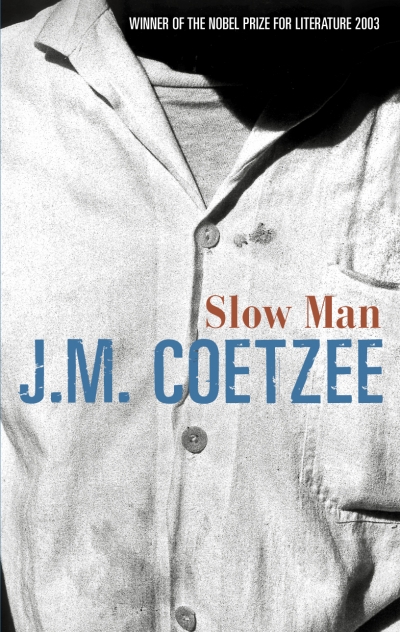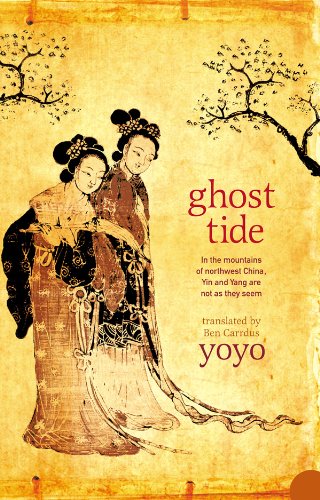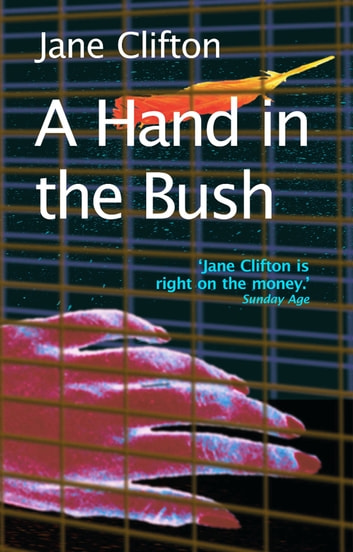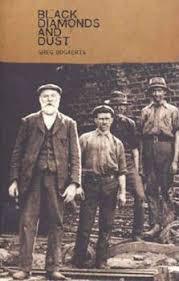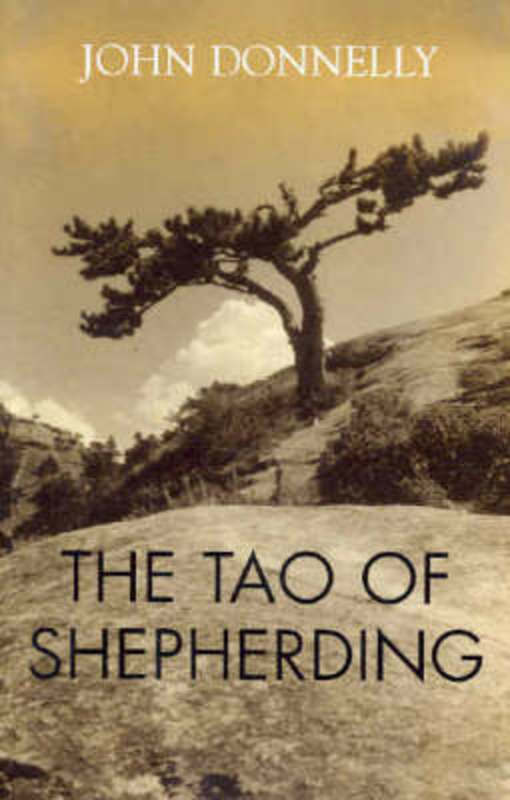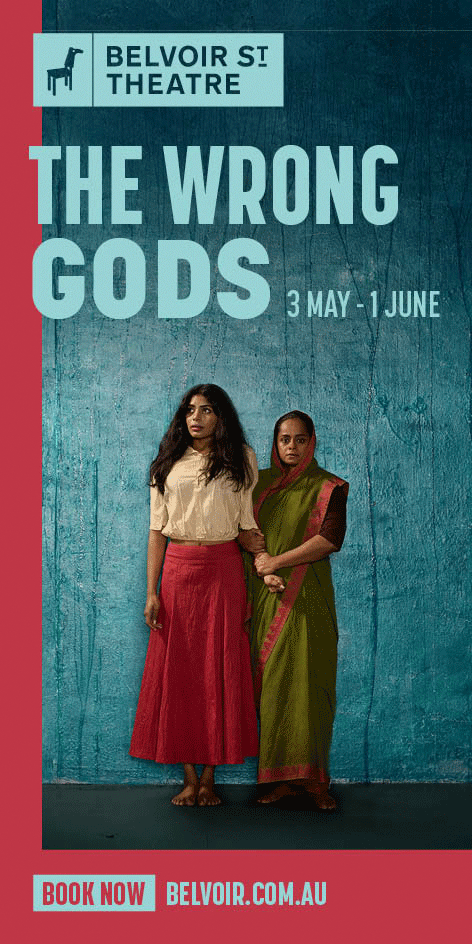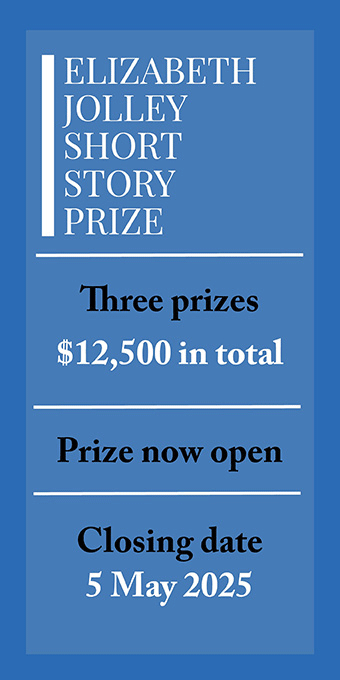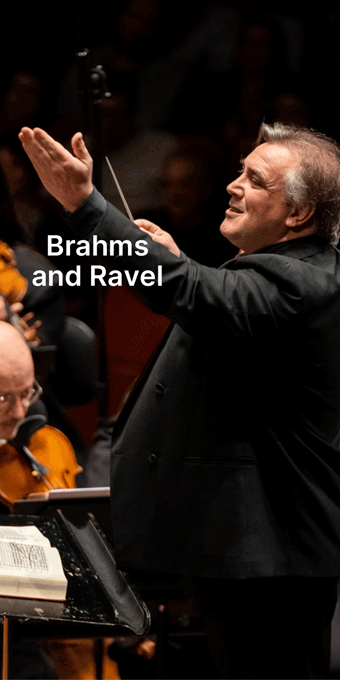Fiction
Noble Sindhu Horses by Lynette Chataway & 98% Pure by J.D. Cregan
The Journal of Fletcher Christian: Together with the history of Henry Corkhill by Peter Corris
by Gillian Dooley •
Does My Head Look Big in This? by Randa Abdel-Fattah & Still Waving by Laurene Kelly
by Anna Ryan-Punch •
Road Story by Julienne van Loon & Everyman’s Rules for Scientific Living by Carrie Tiffany
by Michelle Griffin •
A Hand in the Bush by Jane Clifton & Death by Water by Kerry Greenwood
by Jake Wilson •
Black Diamonds and Dust by Greg Bogaerts & Sandstone by Stephen Lacey
by Allan Gardiner •
The Tao of Shepherding by John Donnelly & The Lost Tribe by Jane Downing
by Cheryl Taylor •


